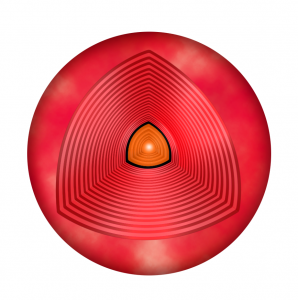ERC consolidator grant ‘DipolarSound’

The aim of the DipolarSound proposal is to unravel the physical conditions and physical processes at play in red-giant stars using mixed dipole oscillation modes and to understand the underlying physical origin of the different oscillation spectra observed in red-giant stars.
We pursue this aim by investigating observed Fourier power spectra of long time series data obtained with the Kepler satellite using our own developed tool TACO (Tools for the Automated Characterisation of Oscillations; Garcia Saravia Ortiz de Montellano et al. 2018, Hekker et al. in prep) as well as the CV method (Coefficients of Variation; Bell et al. 2019). These tools will provide the parameters of the observed oscillations such as their frequency, lifetime and spatial configuration. Combined with complementary data such as spectroscopy (SDSS-V) and astrometry (Gaia) and Stellar models we aim to find best fitting models for the observed stars. We use these to investigate phenomena such as rotation, suppression of oscillations and excess features in the power spectra. We do this using forward modelling as well as inverse techniques (see figure).